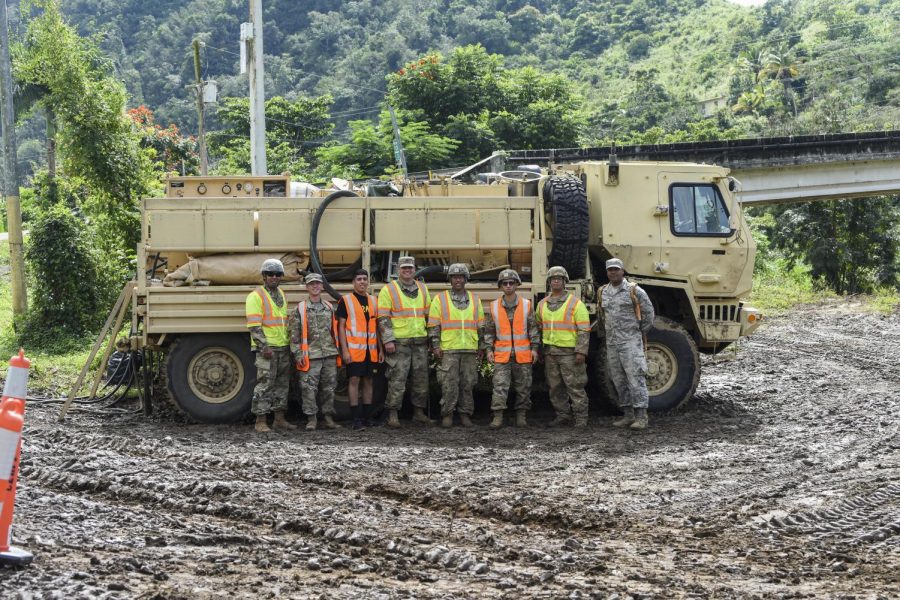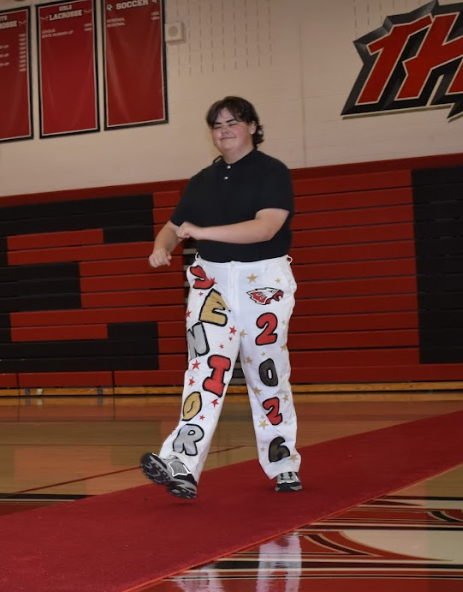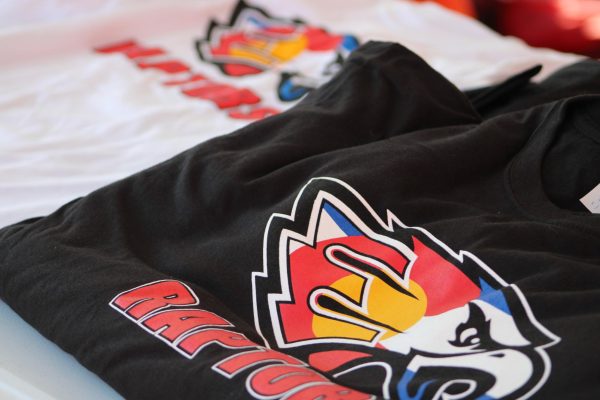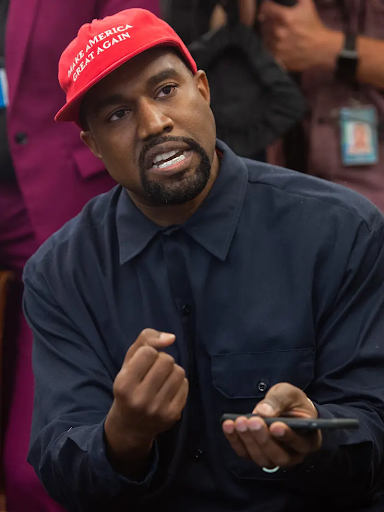950 Earthquakes in 21 days
Puerto Rico’s Earthquake Crisis
Puerto Rico just experienced the largest in a series of over 950 earthquakes and aftershocks since Dec. 28, 2019. And the earthquakes haven’t stopped.
On January 7, 2020, a magnitude 6.4 earthquake rocked Puerto Rico, just one day after a 5.8 magnitude earthquake hit the island.
In the past few weeks, Puerto Rico has experienced an influx in earthquakes, one after another, though some, luckily, are too small to be felt. However, last Tuesday marked a disastrous climax in the earthquake series, killing 1 person, injuring 9, and causing a nearly island-wide blackout. The earthquake, followed by a 6.0 magnitude aftershock, left hundreds without homes and millions without electricity.
“Think about your refrigerator, think about air conditioning,” said Ms. Lorna Soto, a French and Spanish teacher originally from Puerto Rico. “The bare necessities are gone. My sister-in-law lives up in the mountains, so when she lost electricity, they took water away as well.”
Not only did Puerto Rico lose electricity, but their infrastructure was damaged as well. Homes, workplaces, and schools all suffered -and repair isn’t cheap. “Now, after the second and third earthquake, they have significant damage to homes,” Soto said.
“When you look at Puerto Rico as as construction, it’s very typical it’s reinforced concrete,” said Soto. “So once that cracks, it’s very difficult to fix. So now they have a crisis with schools not being able to open because of the structural damage that’s been done to the buildings.”
The series of earthquakes is related to surrounding tectonic plates; the North American plate and the Carribean plate are on either side of Puerto Rico, putting the island in a precarious position and causing its recent series of earthquakes.
Puerto Rico is “a location where we have this conversion, and where we have one plate kind of slipping under the other plate,” said Mr. Todd Erickson, a science teacher. “And as those plates are slipping, it just vibrates and shakes [the island].” He explains that Puerto Rico is in an unfortunate location when it comes to earthquakes, because the movement of the tectonic plates beneath the island will continue to make Puerto Rico a hot spot for tectonic activity.
And while the earthquakes certainly have a damaging effect on human infrastructure and lives, they also affect the environment of Puerto Rico.
“You have temperature shifts, you have tsunamis and big waves, but you can also have soil that can turn to almost a liquid because it starts to resonate,” said Erickson, explaining his concern for the fisheries and farming on the island. “So if it hits that right frequency, all that land can just start to flow like water, and… can really start to shift a lot of the nutrients.” This affects ecosystems and agriculture across Puerto Rico. Erickson said that the increased deposits of land in the ocean because of earthquakes and mudslides can negatively impact fisheries in particular. This can take a toll on Puerto Rico’s fish exports and economy overall.
“The really tough part about earthquakes is we don’t really understand them,” said Erickson. Soto worried about earthquake preparedness as well.
“If you have a hurricane, you can prepare. If you have a fire, you have evacuations,” she said. “But when you have an earthquake, there is no preparation for it.”
Although geologists have been working to develop more effective ways to measure and predict earthquakes, it is very difficult to do so and may require better technology before it is possible. “Predicting the earthquake is like predicting a lottery winner,” said Erickson.
Because earthquakes are so difficult to predict, Puerto Rico must be particularly vigilant about preparing for more quakes. That isn’t easy to do, however, especially since the island is still recovering from hurricane season.
After Tuesday, the island declared a state of emergency and except for first responders, told government workers to stay home. Although they do have some resources and money set aside to deal with the effects of earthquakes, Puerto Rico could still greatly benefit from outside help.
“In the south of the island, you have a lot of people in tents just because their homes are not structurally safe or they’re scared to death,” said Soto.
The United States Federal Emergency Management Agency (FEMA) has sent 2,300 people to aid in Puerto Rico’s recovery, but according to Mr. Erickson, Puerto Rico needs financial support more than anything. And it was just last Thursday -over a week after the biggest earthquake and the islandwide blackout- that President Trump allowed a release of funds to help Puerto Rico.
“If there is contamination from human development that ends up going into the environment, they need help cleaning that up, and they also need help financially to be able to build the kind of infrastructure that can withstand earthquakes,” said Erickson.
Considering the number of hurricanes that Puerto Rico deals with, building infrastructure to withstand earthquakes is difficult. “Civil engineers in construction have to serve two masters,” said Soto. They have to consider preparing for both hurricanes and earthquakes, which require very different construction techniques. Regardless, without sufficient funding and manpower, Puerto Rico can not prepare for either natural disaster.
“Seeing the suffering of, you know, my people, it’s just really hard,” said Soto. She also laments the lack of coverage Puerto Rico receives during such a difficult time.
Though the earthquakes themselves are brief, their impact on Puerto Rico’s environment and people are not, according to both Erickson and Soto. From repairing infrastructure and the economy to environmental cleanup, the aftereffects will last for months, if not longer. Meanwhile, the earthquakes are not likely to stop.
“We are very insulated from it,” said Erickson. “But we shouldn’t be, because those kinds of events do impact all of us, we just may not see it right away.”
Soto echoed this concern. “It’s human nature to sit in your own little bubble and not really worry about what’s going on, but I think part of me being a teacher is creating a conscience on what is going on,” she said.
“It really comes down to, it’s not Puerto Rico’s problem,” said Erickson. “This really is a human problem.”
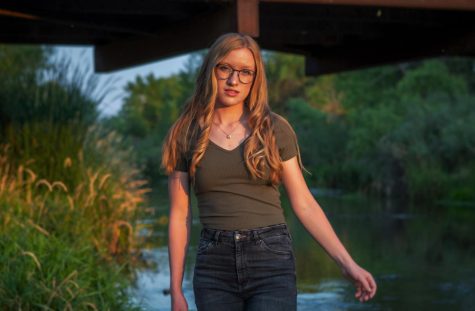
Simone Beauchamp is a Senior at Eaglecrest and, as she will let you know, she graduated from Challenge Middle School. She has many talents - photography,...


